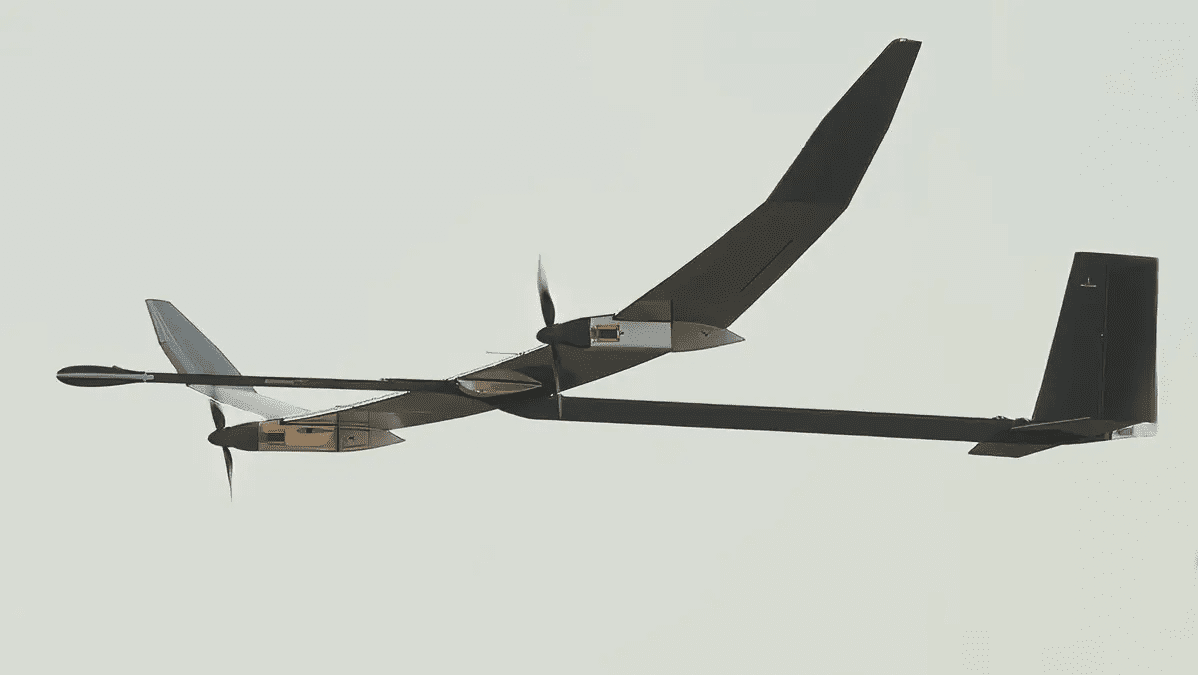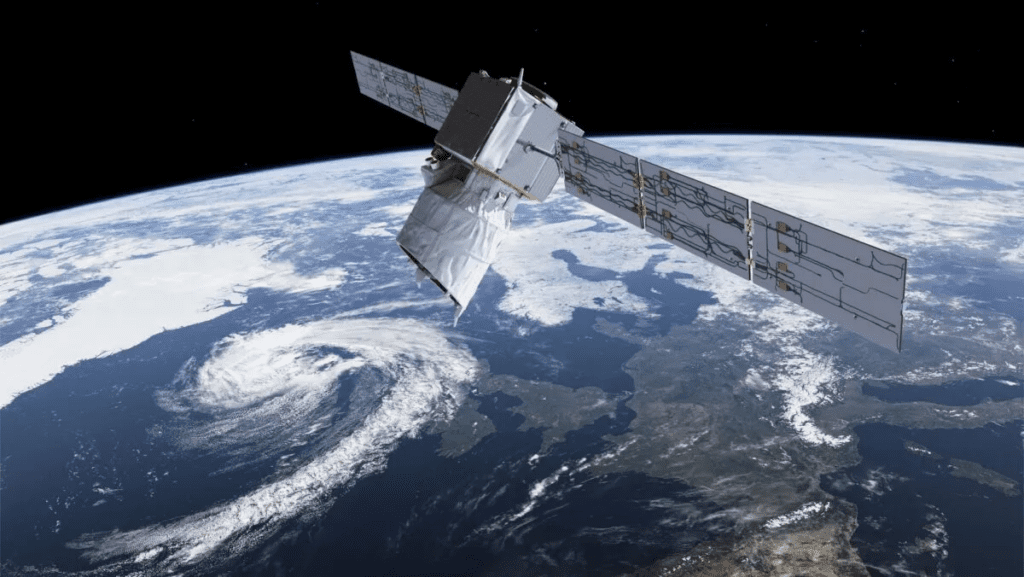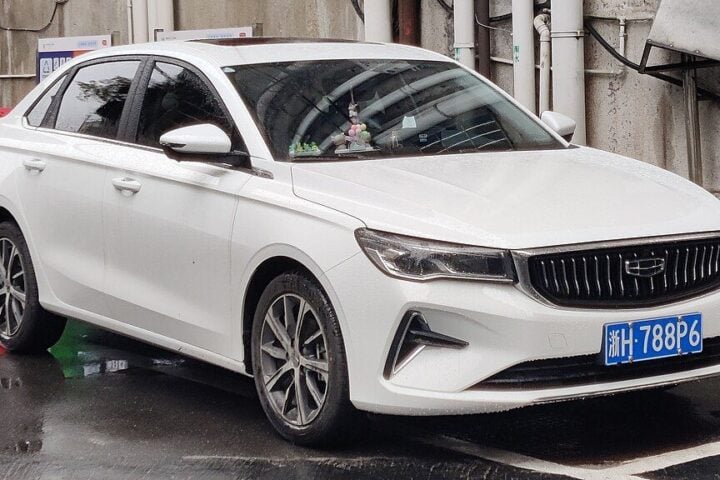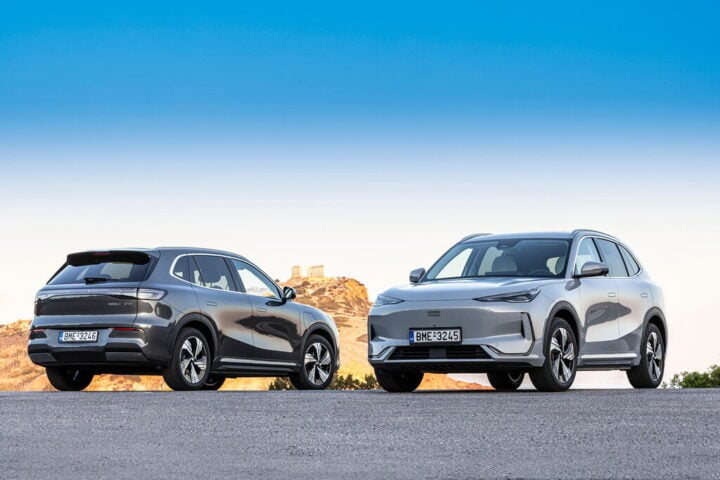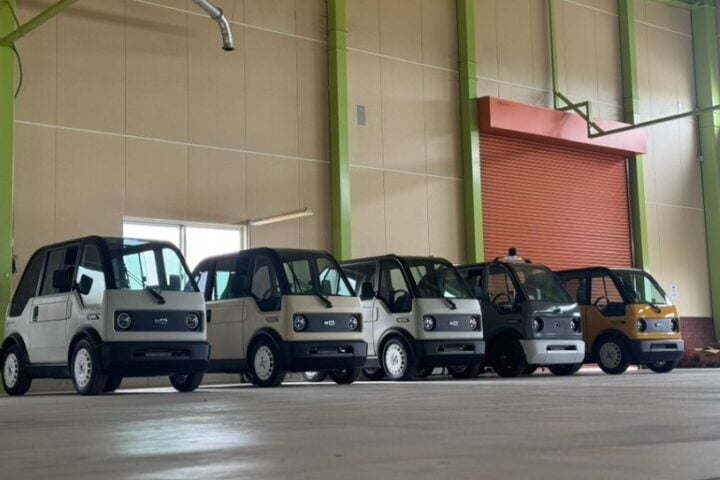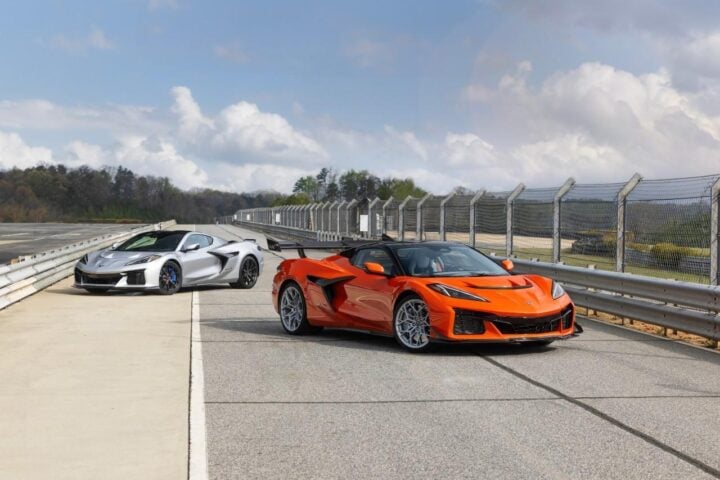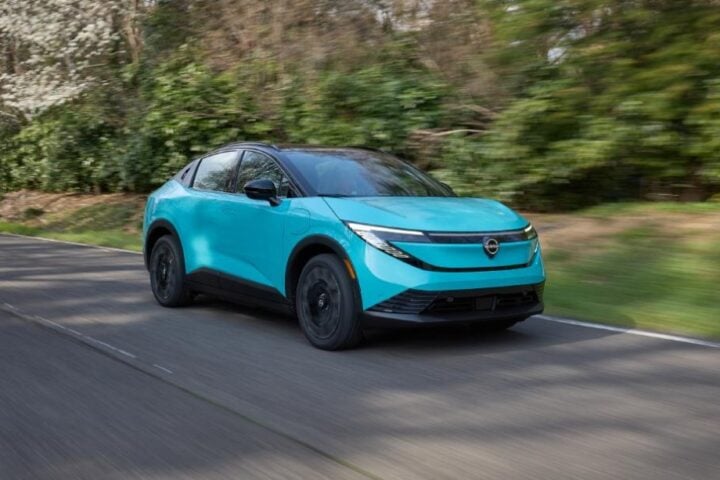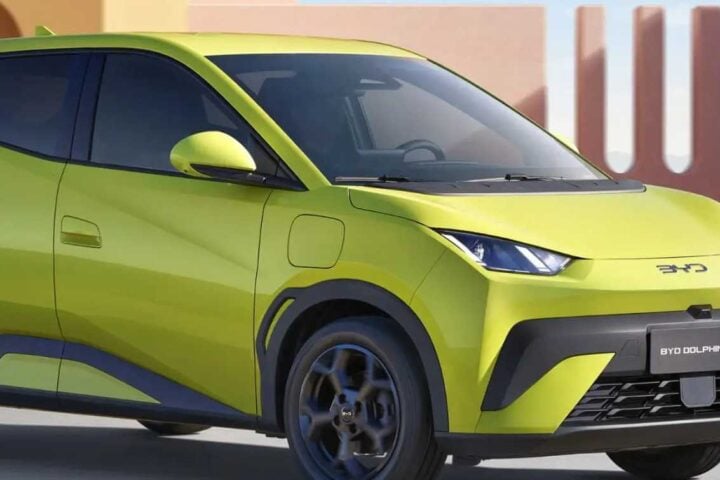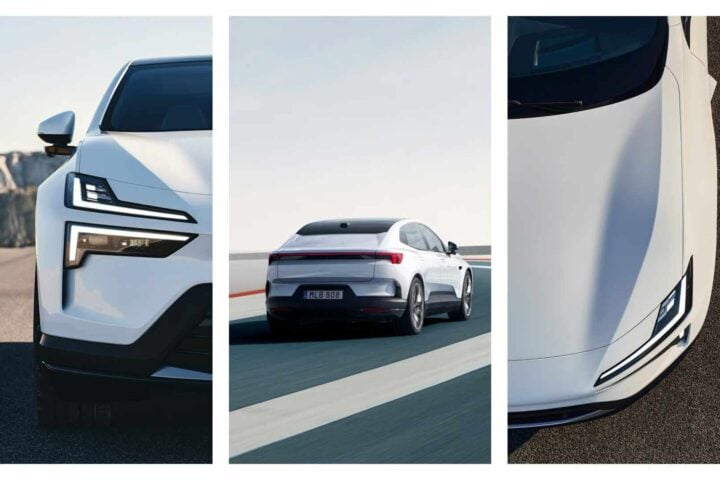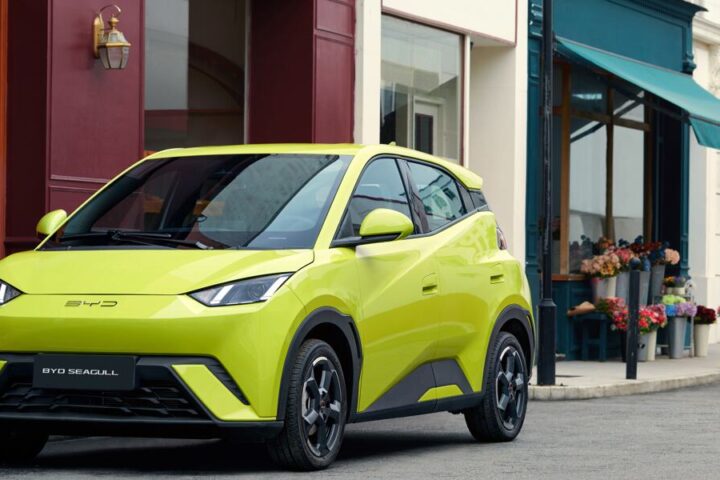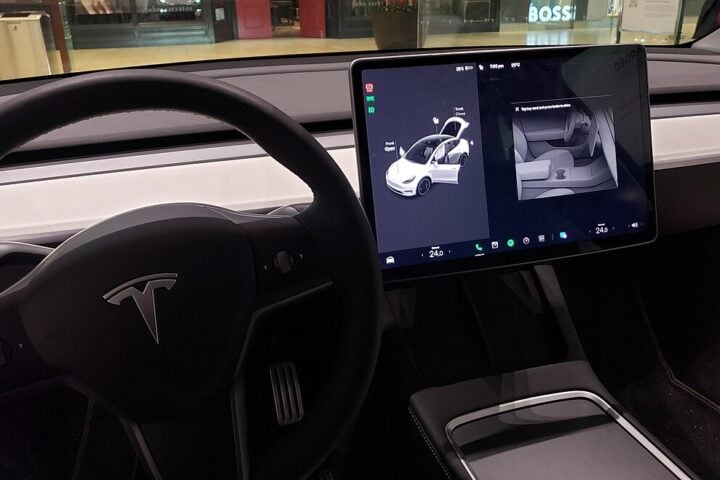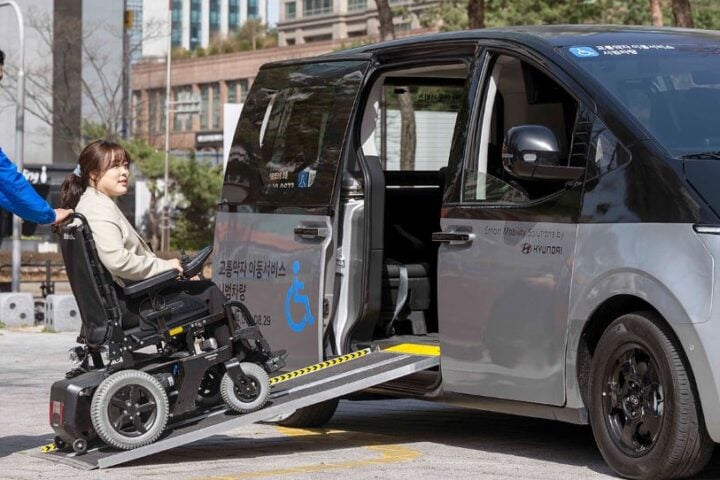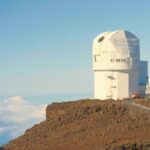Into the Stratosphere: The PHASA-35’s Leap
In a remarkable display of technical prowess, the PHASA-35 Uncrewed Aerial System (UAS), a brainchild of BAE Systems’ subsidiary Prismatic Ltd, has taken a triumphant leap into the stratosphere. An ambitious project begun in 2018, the PHASA-35 trial saw the high-altitude pseudo-satellite reach beyond 66,000 feet in a 24-hour span.
Powering Up: Harnessing Sun and Innovation
This leap wasn’t fueled by fossil fuels but by the sun. The PHASA-35, with its massive 35-meter wingspan, is laden with advanced solar electric cells and photo-voltaic arrays. This combination, along with an innovative energy management system, allows the aircraft to draw and store energy during the day and utilize it for sustained overnight flight. However, despite these impressive technologies, the challenge of battery endurance is a significant hurdle yet to be conquered.
Stratospheric Potential: Untapped Space, Untold Possibilities
Dwelling in the stratosphere, PHASA-35 is far beyond the reach of conventional aircraft. This high-altitude region provides a unique platform for surveillance, reconnaissance, and communication systems. There are distinct advantages to occupying this relatively stable atmospheric layer: consistent weather, low wind speeds, and avoidance of traditional air traffic, to name a few.
Mission Versatility: From Defense to Disaster Relief
As an uncrewed aerial system, PHASA-35 has potential applications in a wide array of sectors. Its primary mission focus is on intelligence, surveillance, and reconnaissance (ISR). Yet, its flexibility doesn’t end there; this pseudo-satellite could aid in disaster relief efforts, border protection, and even offer an alternative to traditional airborne and satellite systems.
Bridging the Communication Gap: Stratospheric Connectivity
One of the most intriguing applications of the PHASA-35 lies in its potential to enhance 4G and 5G communication networks. Its altitude allows it to serve as a lofty “lamppost,” delivering signals over vast areas. This could be particularly transformative for remote or under-served areas where ground-based infrastructure is lacking or economically impractical.
Pushing Boundaries: PHASA-35 vs. Conventional Systems
Traditional satellites can provide similar benefits, so why invest in high altitude pseudo satellites like PHASA-35? The answer lies in latency. For some applications, the marginal decrease in signal delay provided by the PHASA-35 compared to geostationary satellites could be game-changing. But is this marginal benefit enough to offset the costs and risks associated with operating in the stratosphere, a region known for its intense radiation and extremely low temperatures?
Similar Post
Stratospheric Challenges: Tough Questions for the Future
As with all pioneering technologies, the PHASA-35 is not without its hurdles. While its maiden stratospheric flight was a success, there’s no denying the substantial challenges ahead. The delicate balance of maintaining a lightweight build for altitude while supporting necessary payloads, withstanding stratospheric conditions, and meeting energy demands remains a daunting task.
Conclusion: Exciting Prospects Amidst Real Challenges
Undoubtedly, the successful stratospheric flight of PHASA-35 is an incredible achievement in aerospace technology. It offers a glimpse into a future where uncrewed aircraft might roam the stratosphere, providing crucial services ranging from surveillance to communication. However, it also reminds us of the vast challenges that come with these technological strides. As we keep an eager eye on the skies, it is vital not to lose sight of the reality on the ground – that innovation, as exciting as it is, often brings with it complex questions and intricate dilemmas.
